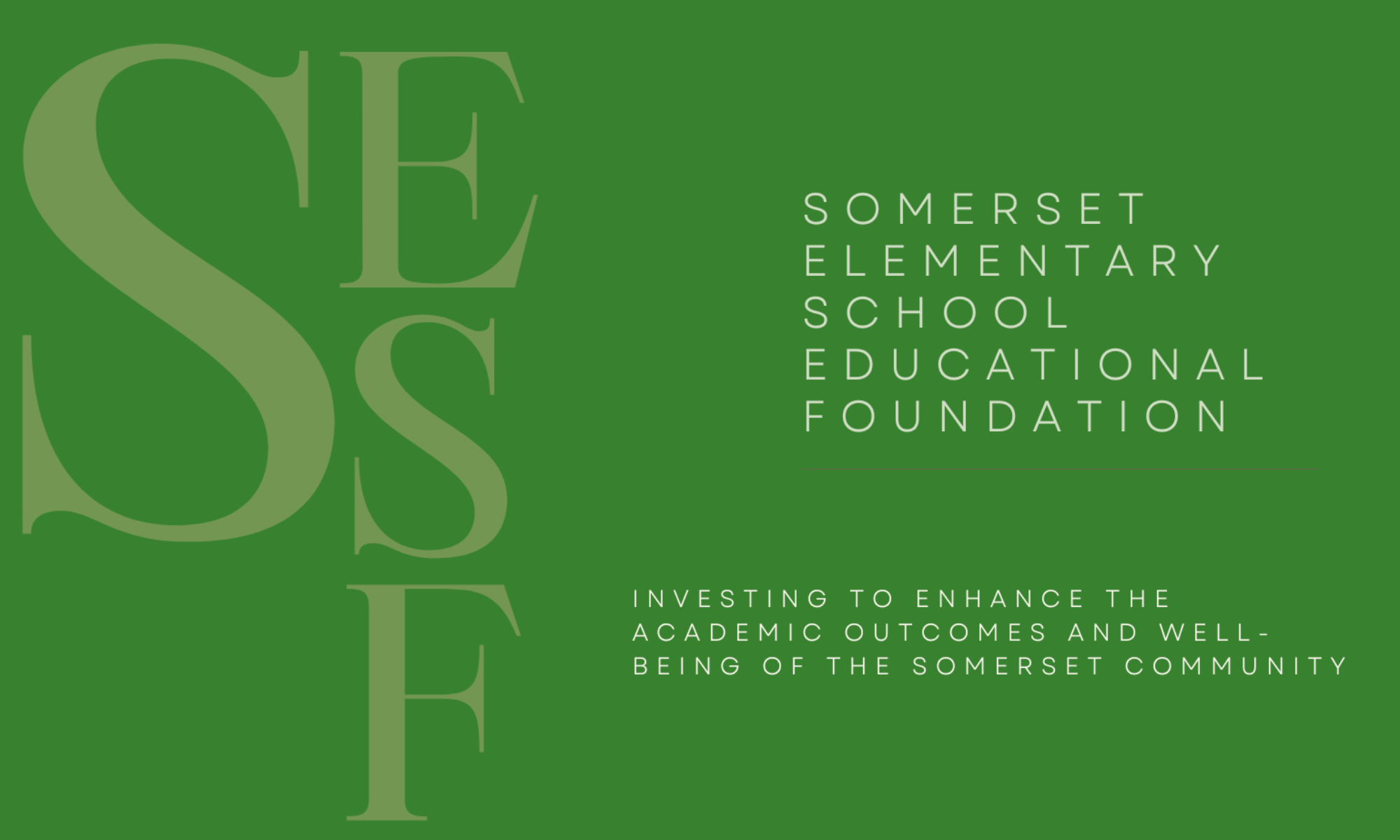 In 2009, thanks in great part to a generous donation from the PTA, the Foundation bought seven new Promethean Boards for the school. These are large-screen interactive whiteboards that connect to the teacher’s computer, and represent the most current classroom technology. Three went to the fourth grade, three to the fifth, and one to the additional first grade class that would be entering in the fall of 2009. According to one of the first grade teachers, the Promethean board helps her students stay more focused and attentive, promotes participation, gives the teachers instant feedback, and prepares the students for the world of technology they live in.
In 2009, thanks in great part to a generous donation from the PTA, the Foundation bought seven new Promethean Boards for the school. These are large-screen interactive whiteboards that connect to the teacher’s computer, and represent the most current classroom technology. Three went to the fourth grade, three to the fifth, and one to the additional first grade class that would be entering in the fall of 2009. According to one of the first grade teachers, the Promethean board helps her students stay more focused and attentive, promotes participation, gives the teachers instant feedback, and prepares the students for the world of technology they live in.
Posts
Kindergarten Math Books
The Foundation gave a small grant to the Kindergarten team in 2008 to underwrite math enrichment books. The collection of math books they requested aligned with the different units of instruction within the MCPS curriculum. Many of the books were in fact required for the curriculum but were not yet in the school’s resource library for teachers.
Somerset Sacks
 In 2008, the Board supported an initiative with an even broader community impact: The fourth grade’s Somerset Sacks project. The teachers requested a grant to order reusable fabric bags as part of their study of recycling and the environment. They planned to have the children sell the bags at a price above cost and donate the profits to an organization committed to improving the health of our environment. By underwriting the initial cost of these bags, the Board sought to fulfill two parts of its mission: supporting academics, in this case, science; and supporting community service, in this case, environmental awareness.
In 2008, the Board supported an initiative with an even broader community impact: The fourth grade’s Somerset Sacks project. The teachers requested a grant to order reusable fabric bags as part of their study of recycling and the environment. They planned to have the children sell the bags at a price above cost and donate the profits to an organization committed to improving the health of our environment. By underwriting the initial cost of these bags, the Board sought to fulfill two parts of its mission: supporting academics, in this case, science; and supporting community service, in this case, environmental awareness.
Teachers’ Comments on the Somerset Sacks
“We have deeply appreciated the unwavering support shown by the Somerset Foundation. The fourth grade was very fortunate to receive seed money to allow us to develop our service learning project, the sale of Somerset Sacks. This project provided opportunities to teach students about the importance of helping to protect the environment by limiting our use of plastic bags by switching to reusable sacks.”
Book in a Bag
The Foundation voted to fund the first grade’s Book in a Bag program in 2006, and approved funds to purchase additional books in 2008. This is a take-home book program designed to build reading fluency and involve parents in the process of learning to read. All first graders are involved. Research shows that especially in early readers, reading repeated familiar text builds fluency, including the recognition of sight words. In later reading levels, reading for expended periods of time like 15 to 20 minutes builds endurance and concentration.
Several times a week the students bring home one just right book in a bag from the classroom collection. In most cases this book will be at their independent reading level. Students are to read the book for about 15 minutes. In the case of easier or shorter books this means students will read the book 3 or 4 times. In longer books, students will read the book one time to complete the selection. Students need to return the book in the bag to school the following day. First graders may read to parents, brothers and sisters, relatives and babysitters. The most important part of this program is to read!
According to first grade teacher Amy Shapiro, who proposed this program: “The addition of the Book in the Bag Program has allowed first graders the opportunity to bring home books on their instructional reading level to share with families. As a result of this program parents are involved and included in their children’s process of learning to read. For the students, having the chance to select books to bring home that reflect their interest has been motivating. This program has allowed them to read material at home that is matched to their “just right reading level” where they feel safe and successful. For the parents the book in a bag program has eliminated the challenge of trying to find books that interest their children and that are matched to the child’s instructional reading level. The Book in the Bag Program has strengthened the home school connection.”
